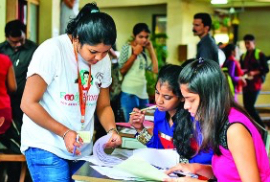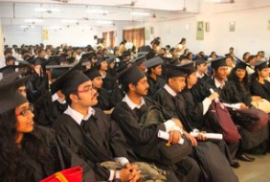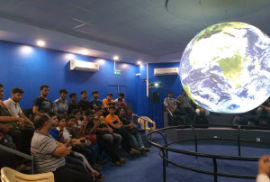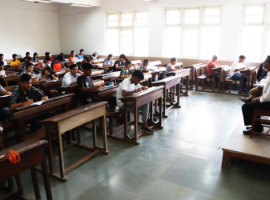Accomplishments

DenseResUNet: An Architecture to Assess Water-Stressed Sugarcane Crops from Sentinel-2 Satellite Imagery
- Abstract
-
PDF Full Text
A single most immense abiotic stress globally affecting the productivity of all the crops is water stress. Hence, timely and accurate detection of the water-stressed crops is a necessary task for high productivity. Agricultural crop production can be managed and enhanced by spatial and temporal evaluation of water-stressed crops through remotely sensed data. However, detecting water-stressed crops from remote sensing images is a challenging task as various factors impacting spectral bands, vegetation indices (VIs) at the canopy and landscape scales, as well as the fact that the water stress detection threshold is crop-specific, there has yet to be substantial agreement on their usage as a pre-visual signal of water stress. This research takes the benefits of freely available remote sensing data and convolutional neural networks to perform semantic segmentation of water-stressed sugarcane crops. Here an architecture ‘DenseResUNet’ is proposed for water-stressed sugarcane crops using segmentation based on encoder-decoder approach. The novelty of the proposed approach lies in the replacement of classical convolution operation in the UNet with the dense block. The layers of a dense block are residual modules with a dense connection. The proposed model achieved 61.91% mIoU, and 80.53% accuracy on segmenting the water-stressed sugarcane fields. This study compares the proposed architecture with the UNet, ResUNet, and DenseUNet models achieving mIoU of 32.20%, 58.34%, and 53.15%, respectively. The results of this study reveal that the model has the potential to identify water-stressed crops from remotely sensed data through deep learning techniques.



















